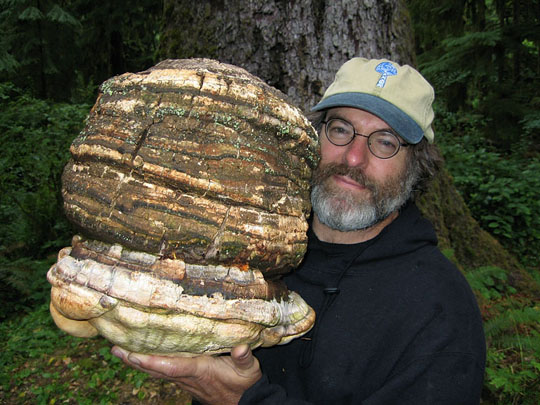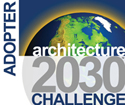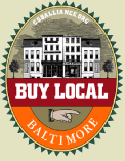2008 Baltimore Bioneers

It was an exciting weekend at the 2008 Baltimore Bioneers Conference, held at the Maryland Institute Collage of Art. Julie and I were able to screen our video first thing Friday morning to open the event. A short 8 min. animated slide presentation of the transition from some of the issues Baltimore faces, socially and environmentally, as a post industrial city, combined with inspiring solutions that are cropping up all over town. I’d like to thank everyone for the positive response and we hope to upload a version to the website as soon as we can.
Some personal highlights from the conference came from a keynote by mycologist and author Paul Stamets, and two breakout sessions on Urban Agriculture as Urban Economic Development and Visionary Green Design and Development.
Read more about each one…
Paul Stamets’ lecture Friday afternoon was about his research of Mycelium, and the role that mushrooms and fungi play in the worldwide health of the planet. His entrance to the stage wearing a hat intrigued me. I thought, well,maybe he gets nervous and likes to shield his eyes from what can be some pretty blinding stage lighting. He later explained that the use of Mycelium, a type of fungus that, for ancient peoples as far back as the time of Pangaea, provided what he called a “portable fire”. Once ignited, it could be stored and used later to start the next fire for cooking and warmth. When water is added, the fungus can be made into a felt-like fiber that Paul experimented with and made a hat.
Besides presenting an abundant amount of historical information on Mycelium, he reminded us that all fungi are connected by an intelligent root system underground, transporting nutrients and balancing the earth’s ecosystem. Fungi can play an even bigger role in habitat restoration and remediation of contaminated runoff from power plants and other waste sites. This incredibly useful mushrooms can only be found on old growth birch trees, which are threatened by industrial and corporate interests. Stamets is also looking into the conversion of Mycelium into Myconol, a fungi-based ethanol and inspiring alternative to the fuel crisis. Find out more about his shamanistic search of healing fungi at his website or through his fascinating book, "Mycelium Running." Check out a very similar talk Paul gave in Monterey, California: TEDtalks .
The breakout session on Urban Agriculture as Urban Economic Development started with Roy Skeen of the Village Green Community Garden in Remington. He talked about Baltimore’s seven urban gardens. Gardeners and farmers alike are forming alliances to provide healthy food and social interaction for urban youth and their families, as well as to work out where the next garden will be planted. Find out more about Baltimore urban gardens, names and locations by reading Indypendant Reader Issue 9 .
We also heard from the Farmers’ Market Falafel whiz Adam Kandel, who shared his love of urban farming and sprouting by bringing some edibles for us to try. I enjoyed his announcement that someone told him you couldn’t grow cotton in the city: he brought with him some freshly picked cotton he grew in his backyard! We also heard from a SPIN farming spokesperson Roxanne Christensen about sub-acre farming and the practical, economic and social gains from the operation of a simple 20,000 square foot urban farm. SPIN provides guidebooks and lesson plans on how to start your own farm and make 50,000 plus a year.
The Urban Economic Development and Visionary Green Design and Development session included many of our city’s finest architects, developers and urban critics. The design proposal was a prototype located on Fulton and Fayette Streets that would provide energy alternatives for low-income housing without the high-cost of individually owned systems. It would act as an “Energy Center” or mini energy plant that would serve the needs of residents through the option of plugging into systems such as geo-thermal and solar. This would also be a place to receive information on how to save on other aspects of household energy and provide a beacon of sustainability within the community. This plan is also designed to fill abandoned lots and can be easily duplicated to serve residents every couple of miles all around the city. Find out more at Urbanpalimpsest.blospot.com.





 View the dynamic, moving GOforChange: Greening Baltimore video
View the dynamic, moving GOforChange: Greening Baltimore video

Comment by jonas risen on 25 January 2009:
Great link to the TED talks. I just got an app for my iPhone with all the lectures! Tremendous minds with real vision. Good stuff…